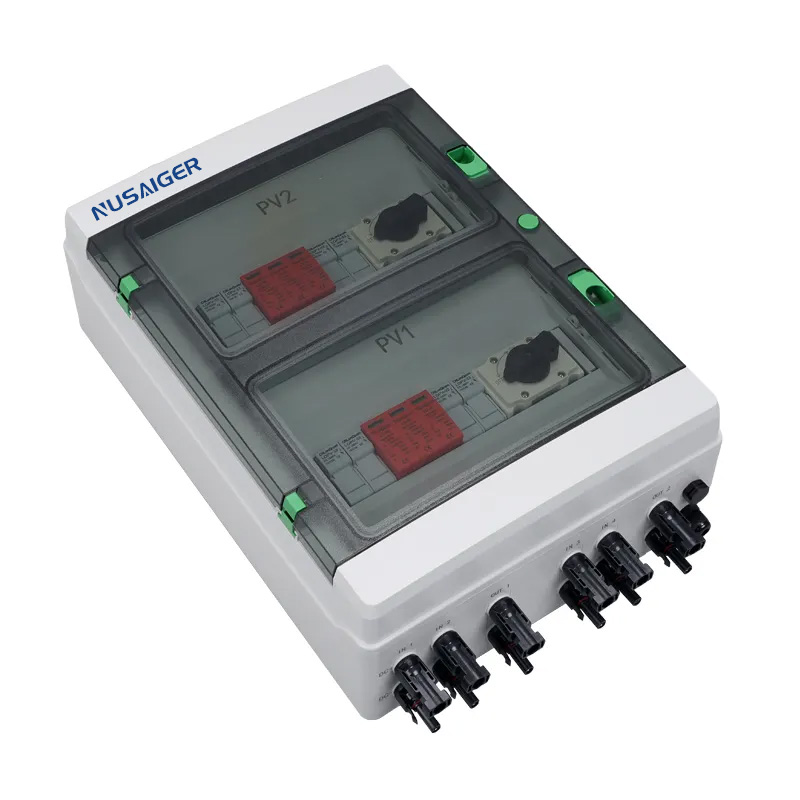How to Maintain and Inspect a PV Combiner Box for Long-Term Performance
Without regular maintenance, even the highest-quality PV combiner box can fail, risking system downtime, energy losses, or fire hazards. This article provides a complete guide to proactive inspection and maintenance practices that ensure long-term performance and safety of your photovoltaic system.
1. Why Maintenance Matters
- Ensures safety by preventing electrical fires
- Maximizes system output
- Reduces unexpected failures and service calls
2. General Maintenance Schedule
- Monthly: Visual inspections
- Quarterly: Thermal imaging and connection check
- Annually: Full component test and cleaning
3. PV Combiner Box Inspection Checklist
- Check for corrosion or moisture ingress
- Verify torque on terminal screws
- Test each fuse with a multimeter
- Clean dust and insects from enclosure
- Inspect cable glands for tight seals
- Test SPD with self-test or measurement tools
4. Using Thermal Imaging
Thermal cameras help identify overheating terminals, loose connections, and abnormal current loads. Compare measurements to reference values to detect deviations early.
5. Common Maintenance Pitfalls
- Skipping internal inspections
- Ignoring minor discoloration of terminals
- Over-torquing fasteners causing cracks
- Neglecting to update maintenance logs
6. Spare Parts and Readiness
- Stock extra DC fuses and SPD modules
- Keep terminal lugs and torque drivers ready
- Have a replacement combiner box in case of total failure
7. When to Replace a PV Combiner Box
- Visible damage to enclosure or terminals
- Frequent overheating even after cleaning
- Incompatible voltage after system expansion
8. Conclusion
A PV combiner box is not just a one-time installation—it’s a critical maintenance item. Routine inspections and preventative upkeep can extend your system’s life by years. Build a documented schedule, assign responsibilities, and stay ahead of system faults.



